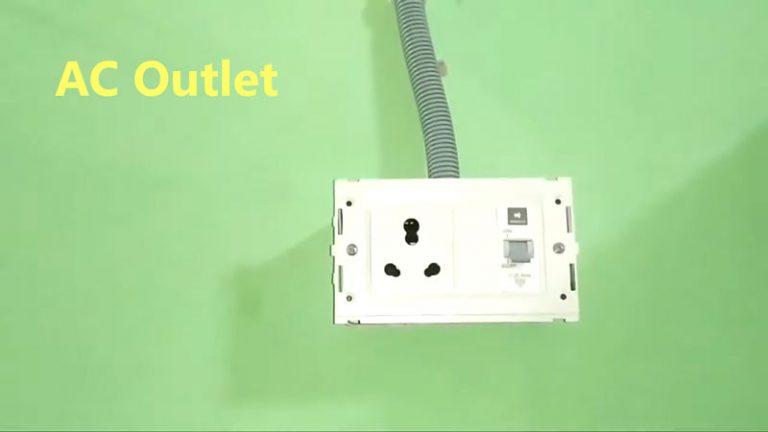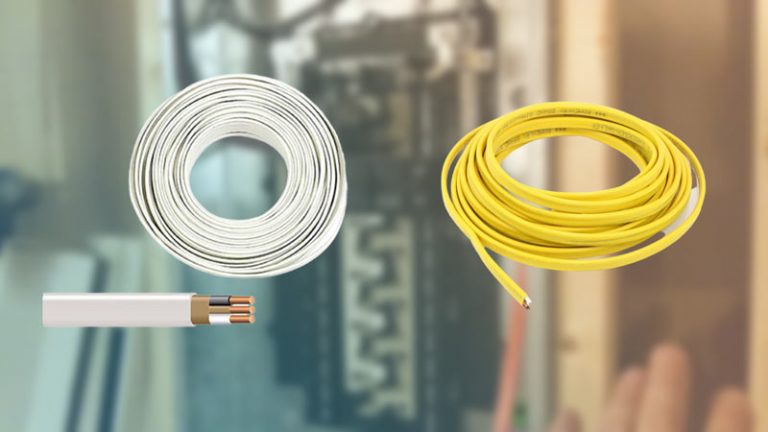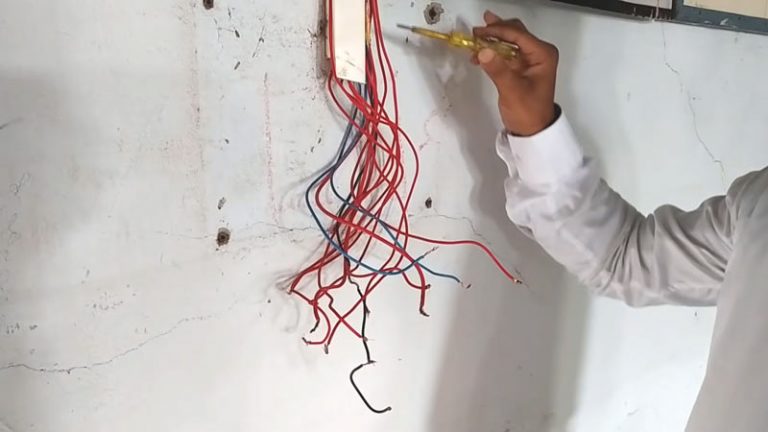Cost to Trench Electric Line: Don’t Get Shocked By Hidden Fees!
Running power to a new location on your property seems straightforward until you face the first major hurdle: getting the wire there. For safety and aesthetic reasons, burying the electric line is the superior choice. But this immediately raises the critical question: what is the true cost to trench an electric line? The answer is far more complex than a simple price per foot, with numerous hidden factors that can cause your budget to skyrocket unexpectedly.
Many homeowners are surprised to learn that the price can range from a few hundred to many thousands of dollars. Understanding the variables that influence this cost is the first step toward planning your project effectively and avoiding costly surprises down the road.
You'll Learn About
Why Electrical Trenching Costs Vary So Wildly
The total cost of trenching is not a single line item. It’s a combination of labor, equipment, materials, and several site-specific factors that can dramatically alter the final bill. The most significant variables include the length and depth of the trench, the type of soil on your property, and overall site accessibility.
A simple trench across a soft, grassy yard will be on the lower end of the cost spectrum, typically ranging from $5 to $12 per linear foot. However, if your property has rocky soil, dense clay, or numerous obstacles, that price can climb significantly. Each challenge requires more robust equipment and more intensive labor, directly impacting the cost.
Breaking Down the Cost: A Detailed Look at Your Bill
To fully grasp the potential expenses, it’s helpful to see an itemized breakdown. While every project is unique, most quotes will include costs for the distinct phases of the job. These include not just the excavation itself, but also the necessary electrical materials and permits required to ensure the installation is safe and compliant with local codes.
Contractors’ quotes can vary, so understanding these components allows you to compare bids more effectively. An informed homeowner is better equipped to ask the right questions and identify where costs might be inflated or underestimated. Here is a table outlining the typical expenses you can expect.
| Item or Service | Average Cost Range | Key Considerations |
|---|---|---|
| Trenching (Excavation) | $5 – $12 per linear foot | Cost heavily influenced by soil type (soft vs. rocky) and trench depth. |
| Electrical Conduit (PVC) | $0.70 – $2.00 per linear foot | Protects the wiring. Required by code for underground electrical lines. |
| Electrical Wire (UF-B) | $1.50 – $5.00+ per linear foot | Price depends on the gauge (thickness) needed for the amperage and distance. |
| Licensed Electrician Labor | $50 – $130 per hour | Crucial for safe and code-compliant connection at both ends of the line. |
| Permit Fees | $50 – $350+ (flat fee) | Varies by municipality. Absolutely required for this type of work. |
| Backfilling & Landscaping Repair | $200 – $1,000+ | Often overlooked; includes restoring lawn, sprinklers, or hardscaping. |
The #1 Factor That Skyrockets Your Trenching Bill: Soil Condition
While distance is a predictable cost multiplier, the biggest unknown is what lies beneath the surface. The composition of your soil is the single most important factor that can inflate the cost of trenching. A standard walk-behind trencher works efficiently in soft, loamy soil, but becomes useless against dense clay, large rocks, or solid bedrock.
Contractors must use different equipment for challenging soil conditions, which increases costs. Hard clay may require a more powerful mini-excavator. If the crew hits rock, they may need specialized equipment like a rock saw or hydraulic breaker, which significantly increases the time and expense. This is why a contractor cannot give a truly accurate quote without first assessing the ground conditions.

DIY Trenching: A Good Idea or a Costly Mistake?
To save money, some homeowners consider digging the trench themselves. Renting a trencher can seem cost-effective, but this approach is fraught with risks. The primary danger is unintentionally striking a buried utility line, which can lead to hazardous situations and expensive repairs. Even with a powerful machine, the physical labor is intense and can be overwhelming.
Using a tool like a handheld auger can be helpful for smaller jobs, but for the lengths required for an electrical line, it may not be practical. You can learn more about specialized digging tools if you decide to explore this option, but be aware of the limitations. If you choose to dig the trench yourself, remember that a licensed electrician must perform all electrical connections to ensure safety and code compliance.
Before You Dig: The Critical “Call Before You Dig” Step
Whether you hire a professional or attempt the digging yourself, one step is non-negotiable: calling 811. This free, federally mandated service arranges for local utility companies to visit your property and mark the approximate location of their buried lines. This includes gas, water, communication, and other electrical lines.
Digging without calling 811 is not only illegal in many areas but also incredibly dangerous. Hitting a gas line can cause an explosion, and severing a fiber optic cable can disrupt service for an entire neighborhood, leaving you liable for damages. This simple phone call is a critical safety measure for any excavation project.
Beyond the Trench: Hidden Costs Most Homeowners Forget
The expenses don’t stop once the trench is dug and the conduit is laid. Several “hidden” costs frequently surprise homeowners and can add hundreds or even thousands of dollars to the final bill. Being aware of these potential expenses from the outset is key to creating a realistic budget.
First, consider the cost of electrical permits, which are almost always required for this type of work. Another major expense is landscape restoration; your pristine lawn will need repair after being dug up. And what happens if the trenching disrupts the natural flow of water in your yard? You might find yourself needing to address new drainage issues, a problem some homeowners face when they have to manage a french drain uphill. These secondary costs are often excluded from initial quotes.
How to Get an Accurate Quote and Avoid Scams
Protecting yourself from overpaying starts with doing your homework. Always get at least three itemized quotes from licensed and insured electrical contractors. An itemized quote should separate the costs of trenching, materials, electrical labor, and permits, allowing you to make a true apples-to-apples comparison.
Ask each contractor how they handle unforeseen obstacles like large rocks or difficult soil. A reputable professional will have a clear contingency plan outlined in their proposal. Be wary of any contractor who gives a vague quote over the phone without a site visit, as they cannot accurately assess the complexity of the job.
Red Flags to Watch For in a Contractor’s Estimate
A few warning signs can help you spot a potentially untrustworthy contractor. Be cautious of extremely low bids, as they may indicate the use of subpar materials or cutting corners on safety. High-pressure tactics, such as claiming the offer is only good for today, are another major red flag.
Finally, never work with a contractor who is unwilling to provide proof of their license and insurance. This documentation protects you in case of accidents or faulty workmanship. A true professional will have no hesitation in providing these credentials.
Frequently Asked Questions
What is the average cost to trench an electric line?
The cost to trench an electric line generally ranges from $10 to $25 per linear foot. For a 100-foot trench, you can expect to pay between $500 and $1,200 on average. The total cost can vary depending on the complexity of the project, with average prices ranging from $1,000 to $3,800.
What factors influence the cost of trenching for an electrical line?
Several factors can impact the overall cost of trenching. These include the length and depth of the trench, the type of soil, and the accessibility of the location. Hard or rocky soil can increase the cost, as can the need for permits and surface restoration after the trench is filled.
How deep does a trench for an electrical line need to be?
The required depth of a trench for an electrical line can vary based on local codes and the type of conduit used. Generally, electrical wires in a rigid non-metallic conduit should be buried at least 12 inches deep. If the wires are in a weatherproof casing, they may need to be buried at least 18 inches deep.
Do I need a permit to trench for an electrical line?
In many cases, a permit is required for trenching and installing an underground electrical line. The cost of permits can range from $50 to $350, depending on your location and the scope of the project. It’s important to check with your local building department to determine the specific requirements in your area.
What is the cost of installing conduit in the trench?
The cost to install conduit for underground wiring is typically between $4 to $8 per linear foot, in addition to the trenching cost. The type of conduit material used will also affect the price. An electrician’s labor rate, which can range from $50 to $130 per hour, will also be a factor in the total installation cost.
Is it more expensive to run a power line underground versus overhead?
Yes, it is generally more expensive to run a power line underground due to the cost of trenching. Underground lines can cost 60% to 100% more than overhead lines. However, underground lines are more protected from the elements and can be more aesthetically pleasing.
The Final Connection: Is the Cost Worth It?
While the cost to trench an electric line can be substantial, it is a crucial investment in your property’s safety, functionality, and aesthetic appeal. Buried power lines are protected from storm damage and eliminate unsightly overhead wires, adding to your property’s value. By understanding the factors that influence cost, you can plan effectively and hire the right professionals for the job.
Proper planning ensures there are no financial surprises along the way. Investing in a correctly installed underground electrical line provides peace of mind and a reliable power source for years to come.



